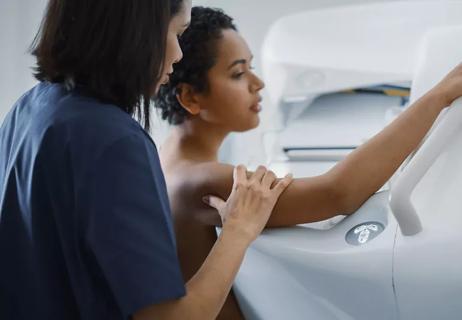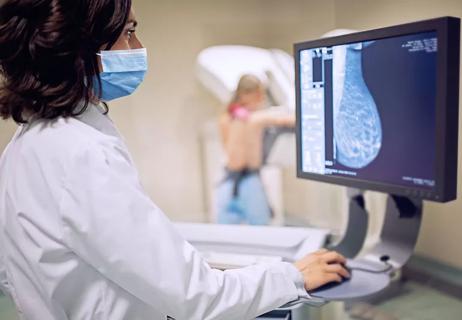The short answer from a radiologist

A: Yes and yes, with some exceptions. Three-dimensional (3D) mammograms can be used for routine screening mammography. They are gaining popularity and are widely covered by most insurance providers, including Medicare and Medicaid.
Advertisement
Cleveland Clinic is a non-profit academic medical center. Advertising on our site helps support our mission. We do not endorse non-Cleveland Clinic products or services. Policy
Many research studies show that 3D mammography — technically called digital breast tomosynthesis — offers better results than conventional 2D mammography. It may be particularly effective for women with dense breast tissue or who are at high risk for breast cancer.
3D mammograms can better pick up invasive cancers and avoid the false alarms common with 2D mammography, particularly when breast tissue is dense.
Both 2D and 3D mammograms use X-rays to create detailed images of your breast, in order to detect masses or other abnormalities.
But in 3D mammography, an X-ray tube moves in an arc around each breast, capturing multiple imaging “slices” at different angles. These images are sent to a computer and reconstructed, to create a 3D model of your breast tissue in 1-millimeter slices that the radiologist reviews.
For women, the comfort level for 3D mammograms is similar to that of 2D mammograms. After positioning your breast tissue, a technician gently compresses it between a plate and a comfort paddle. The gradual, even compression creates a sense of pressure.
The radiation dose for a 3D mammogram (breast tomosynthesis) is slightly higher than the dose used for standard mammography but falls within U.S. Food and Drug Administration (FDA)-approved safety levels for mammography radiation. (Some 3D systems use doses similar to conventional mammography.)
Advertisement
Anyone who’s who is interested in having 3D mammography should check with their healthcare provider to see if it makes sense for them ― as well as their insurer, to confirm that it’s covered in their state. Some states mandate that insurers cover 3D mammograms, while others may not.
— Diagnostic radiology specialist Laura Dean, MD.
Advertisement
Learn more about our editorial process.
Advertisement

They’re different versions of the same tool, all with the goal of early detection of breast cancer

A second appointment is common, especially after your first mammogram and if you have dense breasts — but it doesn’t necessarily mean anything is wrong

Taking precautions like eating healthy, stopping smoking and getting regular screenings can help protect against breast cancer

Massaging your breast tissue can help reduce breastfeeding pain, treat lymphedema and find cancer early

Annual screenings should start at 40 for most — but some should start younger

A dermatologist dishes on the dirty truth

The short answer from a diagnostic radiologist

Get the scoop on whether going braless poses any health risks

If you’re feeling short of breath, sleep can be tough — propping yourself up or sleeping on your side may help

If you fear the unknown or find yourself needing reassurance often, you may identify with this attachment style

If you’re looking to boost your gut health, it’s better to get fiber from whole foods